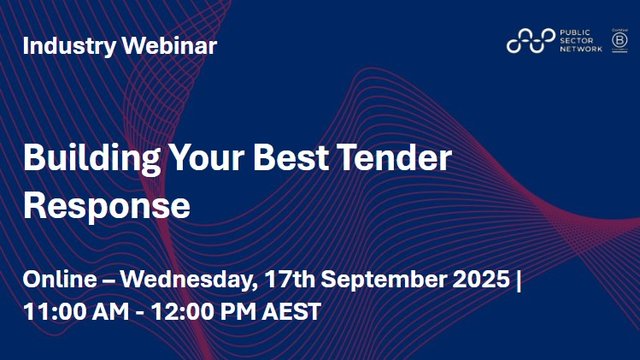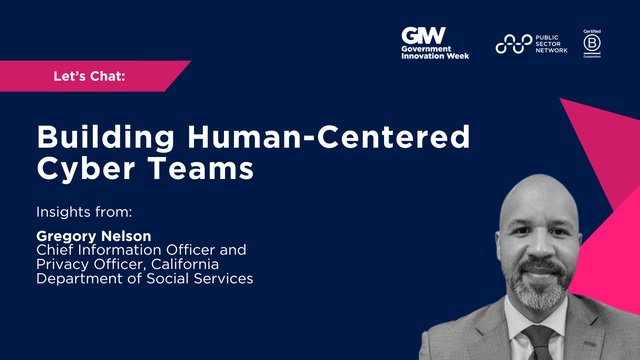


By: Steven Giannoulis, CEO, Insight Creative
One of the key strategies contributing to our ongoing business success has been a focus on people and culture. My prior experience with agencies was that they were a revolving door of people, driven by a work hard/play hard culture. I wanted to build a ‘family culture’ where everyone cared for each other, felt they belonged and were driven to do their best work for the team. As a creative business, we’ve worked hard to build an environment that encourages idea-sharing and collective celebration of success.
By and large, we’ve achieved this, seeing a big positive shift in our staff perception survey results and in retention.
WFH worked well during COVID and allowed us to get through what were very tough times. We clearly proved that location wasn’t a barrier to productivity. After lockdowns, I was keen to get people back to the office and to the environment, I felt was critical to fostering our culture. The horse had bolted though, and it was clear that coming back to the office full time would create retention issues and limit our recruitment ability.
Our initial attempts to balance WFH and culture were largely about controlling a situation I was unsure about. We allocate everyone their set day to work from home, mandating 4 other days in the office. I’ve been working for over 35 years and work meant going to the office, so it’s taken a bit of time to adjust to a new mindset. Over time, as we’ve got more comfortable with WFH and how we could still build culture, we moved to a more flexible WFH day and then to 2-days a week.
The only ‘rule’ we have now is that Monday and Friday are team days, and we expect everyone in the office. It works well and I enjoy the highly productive ‘quiet days’ at home and the two days full of noise and energy in the office. Probably the only downside is that third day in the office when, with only a few of us there, the office feels deserted.
Our latest Staff Perception results are up there with the best of the last 10 years and retention remains high. Clearly, our WFH arrangement is working and, in many ways, giving us the best of both worlds. So what have we done to keep building the collective culture we want, even when for most of the week we are not together? Largely they are the things we’ve always done but in new ways.
1. Rethink your induction.
WFH makes it harder for new people to connect with others and to feel connected with a business. For much of the week, they are working on their own. We’ve revisited our induction process, developing pre-arrival material that engages new people in our story, our culture, our people and the way we do things. We’ve also introduced a number of opportunities in the first few weeks for new people to meet with everyone, to understand what they do, and to form a clear picture of where they belong.
2. Foster ambient conversation.
One of the advantages of the office is the sharing of information and knowledge that happens ambiently. This day-to-day conversation also builds a sense of connection, so we’ve looked to recreate this in our online environment. We use TEAMS to keep the conversation going. A series of ‘chats’ keep people engaged in specific topics, projects, people updates, comings and goings and almost everything else. It’s not quite the energy of the office, but it does feel like you are always part of the discussion.
3. Dial up the internal communications.
We’ve always had a ‘newsletter’ which we’ve used to keep the team informed of what’s happening around the business, to track performance and to celebrate successes. This has become even more important in the last couple of years, offering greater transparency on everything to do with the business. Absence creates a sense of FOMO so an open approach to sharing the company’s comings and goings, successes and failures, fills that void. We supplement this during the month with updates via our TEAMS chat groups.
4. Create new engagement opportunities.
We’ve also been more deliberate in creating new online opportunities to get together. One example is the last Thursday of the month, where we run either an IC Talk (our version of a TED talk) or a Celebrating Our Work session to showcase a recent project. Through our social club – another thing we’ve beefed up in recent years to support a dispersed workforce – we also create events, activities and initiatives that require people to engage with each other.
5. Make the most of time together.
While Mondays and Fridays are working days, we make a point of doing team things on those days too. On Monday we have a full team work-in-progress (WIP) meeting, ensuring everyone knows what’s happening in the business. Beyond Friday drinks, there are always morning teas to celebrate our Star performers, birthdays, new arrivals, or events like Matariki, International Women’s Day and other reasons to get together devised by the social club.
As our lease comes to an end, and we think about our future space requirements, we’re talking about more days from home rather than less - something that seems to go against the global trends we’re hearing about.
The key learning from the last few years is that regardless of how co-located or dispersed we are, building culture remains as important as it’s ever been. The ways we foster culture will just keep evolving to keep up with new ways of working. What remains constant is the value of clear, frequent and engaging communications. Good communication drives engagement and that sense of belonging, and those are the core foundations of a healthy workplace culture.
Published by
About our partner

Insight Creative
Established in 1976, Insight Creative is New Zealand’s longest-standing design communication agency. Our expertise stretches across physical and digital experiences that engage your audiences. We approach briefs from a communication perspective first, looking to engage audiences with brand-aligned experiences that are intuitive and rewarding. By doing so, we reinforce your brand and culture to drive perception, awareness, and behaviours.Our team:100% staff-owned with 20 employees and a nationwide network of specialist partners.Offices in Auckland and Wellington. Our clients: we serve a diverse range of clients, including government agencies, private sector companies, SMEs, start-ups, and NGOs.Our disciplines:BrandingInteractive experiencesEnvironmental/spatial designMarketing promotions and collateralStaff engagementInvestor and stakeholder engagement How we work:Outcomes focused: we aim for success in every project.Strategically lead: problem solving, with a focus on long-term goals and effective execution.In-house innovation lab: drives creativity, accelerates digital experience development, and fosters innovation culture.Hub & spoke model: specialist talent, supported by generalist skills.Project management: strong disciplines ensure timelines and budgets are on track.Team retention: we cherish and maintain a strong team culture.Continuous learning: we adapt and evolve with each experience.Client engagement:Dedicated account managers as primary contacts.Comprehensive briefing process for clear understanding of needs.Regular communication and project meetings for transparency.Strategic and creative specialists on every project.Collaboration with in-house client teams and partners for optimal results.Our approach to budgets:Certainty: fixed prices with a clear understanding of scope.Value: focus on quality and results, not just price.Control: transparent handling of scope changes with no surprises.
Learn more































